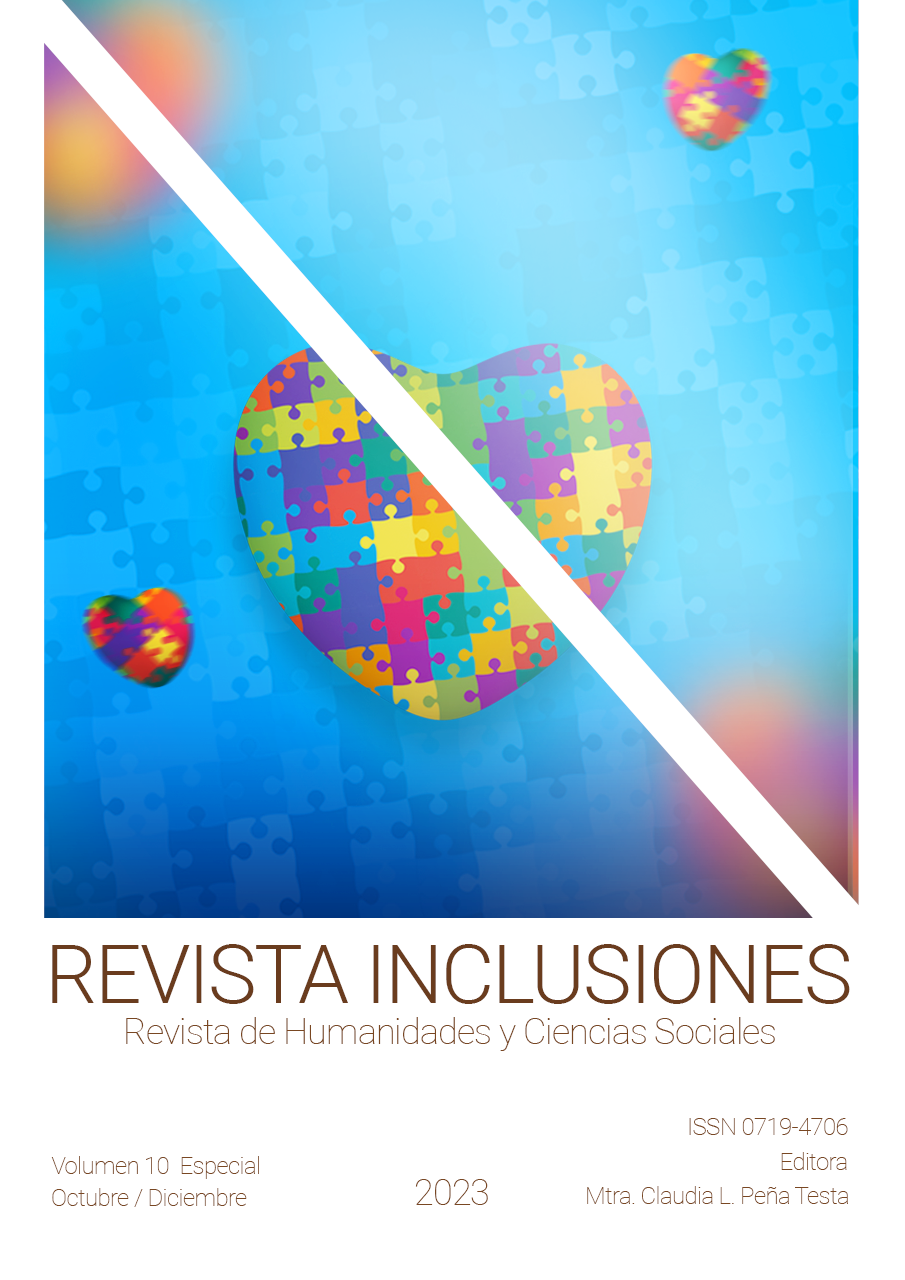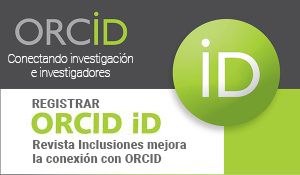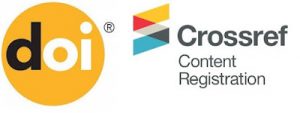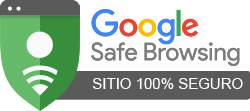Educational intervention strategies for oral hygiene in individuals with intellectual, motor, and autism spectrum disorders
DOI:
https://doi.org/10.58210/fprc3501Keywords:
disability, Oral hygiene, dental brushing technique, educational interventionAbstract
Oral health is an integral part of the overall health of the entire population, however, there are various oral diseases that disproportionately affect people with disabilities. OBJECTIVE. To implement educational intervention strategies, supported by multisensory playful activities, to expand the knowledge of people with disabilities about teeth, various types of treatments, and instruments used in dental consultations, identify biofilm, select cariogenic foods, as well as remove biofilm through tooth brushing. MATERIAL AND METHODS. An educational action-participation intervention was carried out through a dynamic accompaniment process between dentists and the population with disabilities. The sample consisted of 54 children, adolescents, and adults with intellectual, motor, and Autism Spectrum Disorder disabilities, aged 3 to 50, who belonged to five baseball teams in a tournament called "Beis sin Barreras" at the Deportivo Miguel Alemán in Mexico City on June 29 and 30, 2019. RESULTS. Of the 52 participants, the male gender was most prevalent (n=38, 73%), as was intellectual disability not associated with syndromes (n=23, 44%). The average age of the examined population was 15.7 (SD: 7.4), and the 11 to 20 age range was the most prevalent (n=26, 50%). In the fourth playful activity, a positive change in participant engagement was achieved (99%), and they were able to replicate the brushing technique previously performed on simulators. CONCLUSION. Sensory playful activities through the use of simulators prove to be an excellent resource to support the oral hygiene of people with disabilities.
Published
How to Cite
Issue
Section
Los autores retienen los derechos de autor y otorgan a Revista Inclusiones el derecho de publicación bajo Creative Commons Attribution 4.0 International (CC BY 4.0). Esto permite el uso, distribución y reproducción en cualquier medio, siempre que se otorgue la debida atribución al autor.











